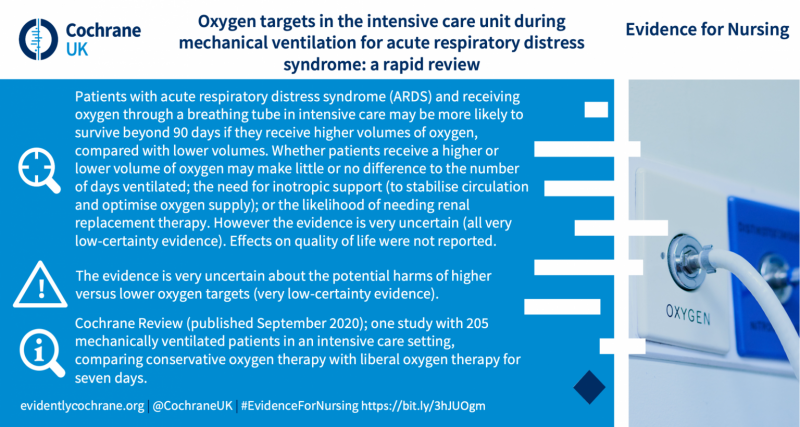
Evidence for Nursing is an ongoing series of evidence and resources relevant to nursing practice, shared on social media. The series was launched in 2015 and refreshed in 2020. We have had great feedback from nurses saying they find it useful for keeping up to date with the latest evidence.
The hashtag is #EvidenceForNursing
Newsletter
Sign up here to get the latest Evidence for Nursing news in your inbox
Quarterly blog posts with a collection of evidence and resources
Every quarter, we will publish a collection of evidence and resources on our blog, Evidently Cochrane. It will flag up and link to recent Cochrane Reviews and related resources from the previous three months, such as Cochrane Clinical Answers, Cochrane Special Collections, and podcasts, blogs, blogshots and anything else we think would be useful, for example we may highlight a recent guideline. We will include news of current opportunities for research involvement or to make your voice heard, and of upcoming events.
Blogshots:
Blogshots are a way of giving information in an image that can be shared on social media, like infographics. They are shared on Twitter and Facebook. Available to download and share here.

Evidently Cochrane blogs:
You’ll find blogs for this series in the Evidence for Nursing category in our Evidently Cochrane blog.
Tweetchats:
Look out for news of tweetchats in this series (discussion held on Twitter). We'll let you know about them via our Cochrane UK news page or on Twitter @CochraneUK, @SarahChapman30 and #EvidenceForNursing.
